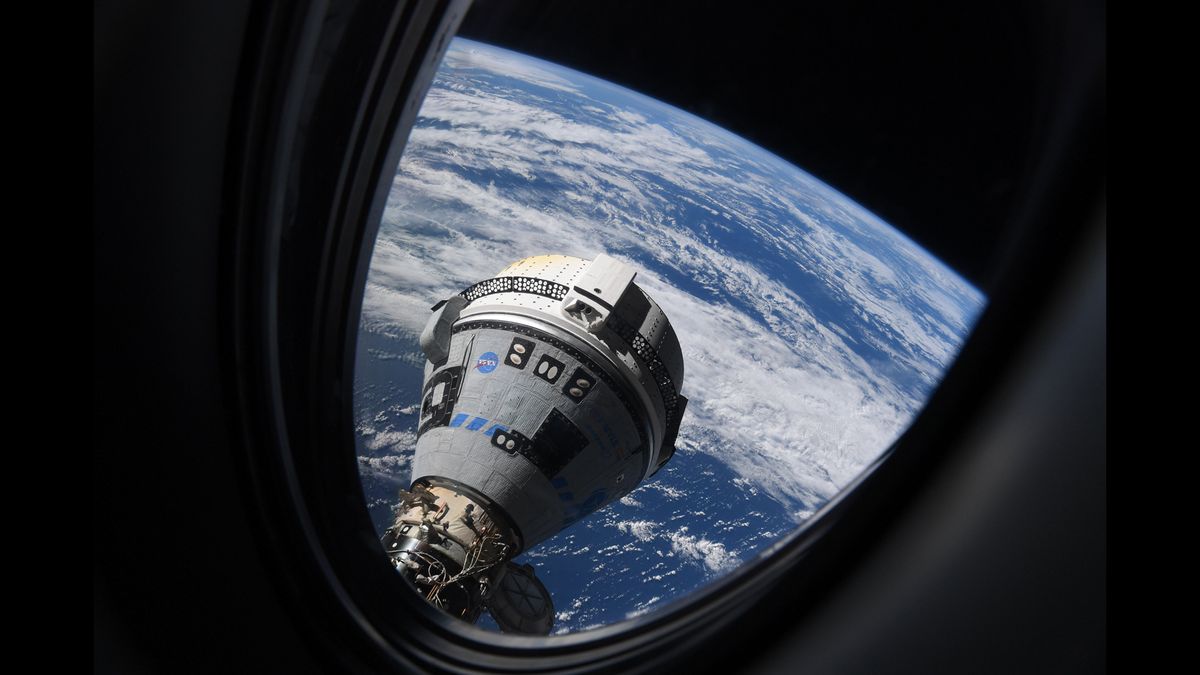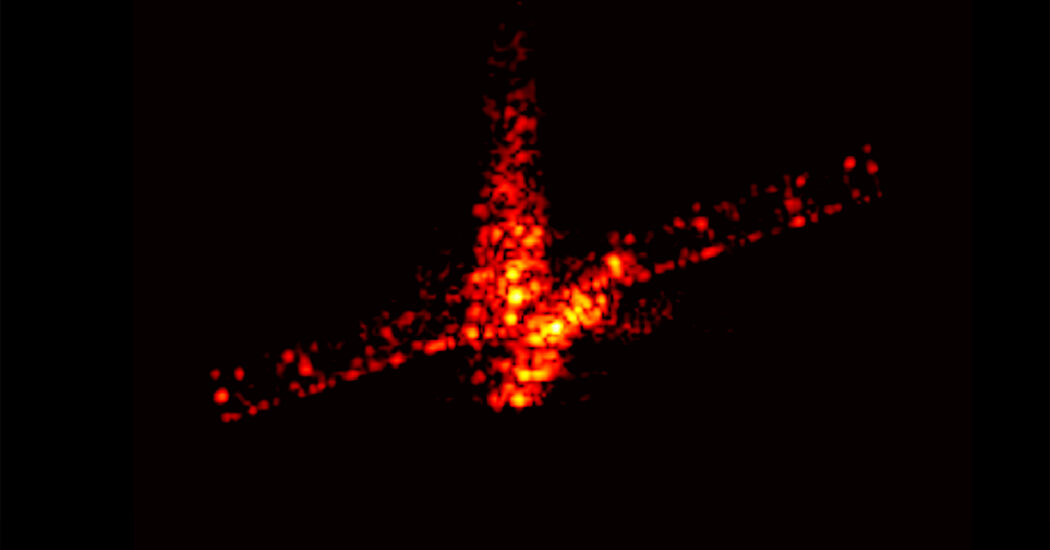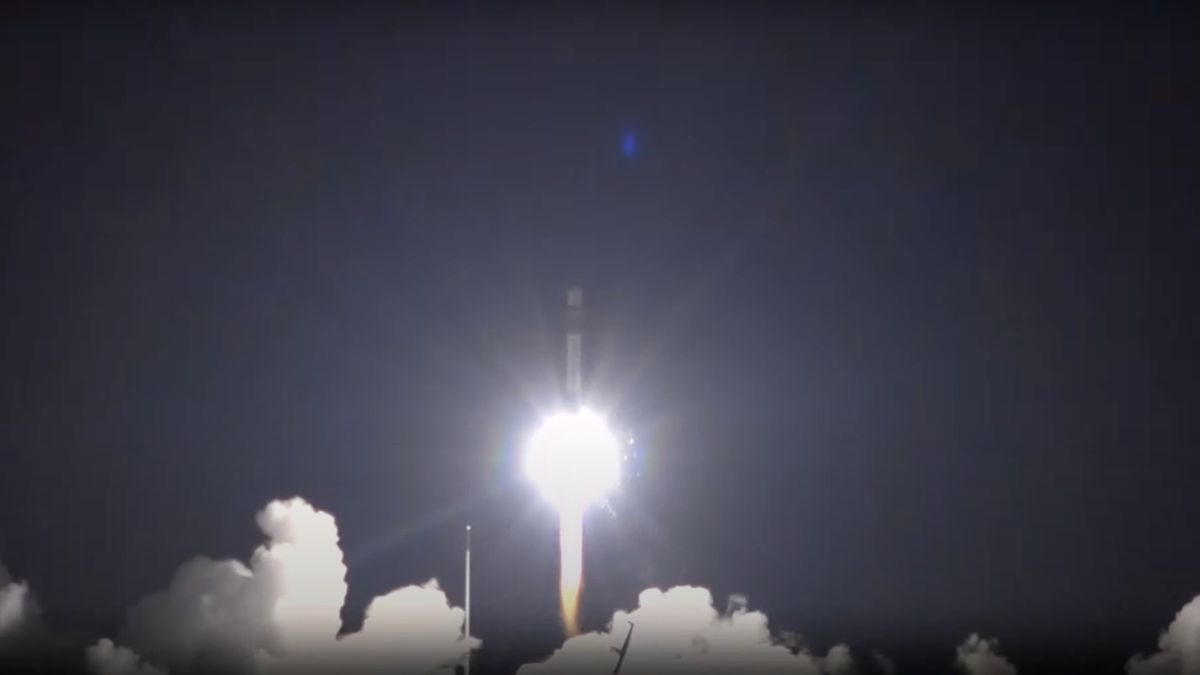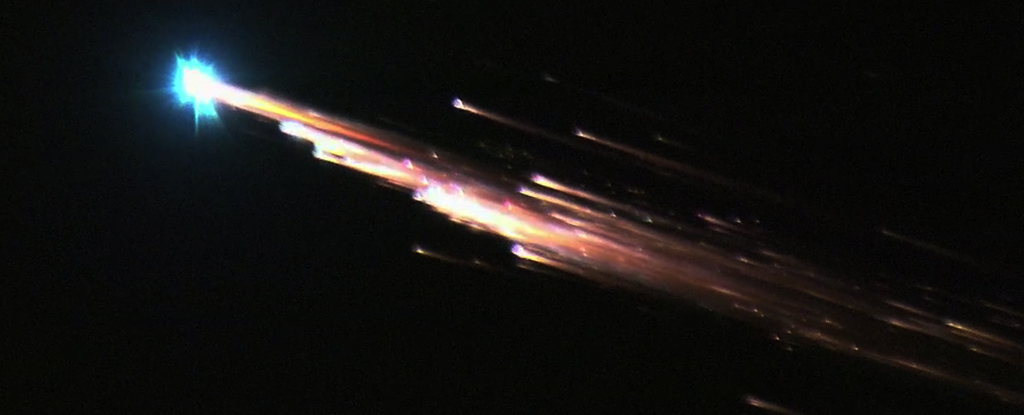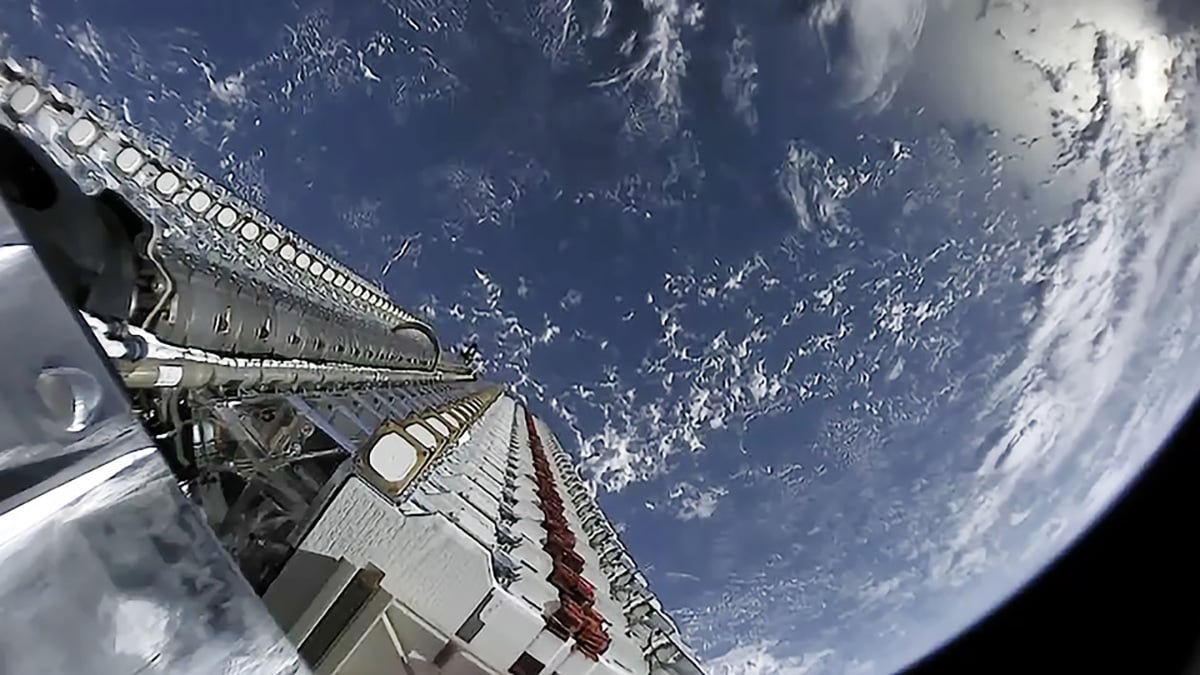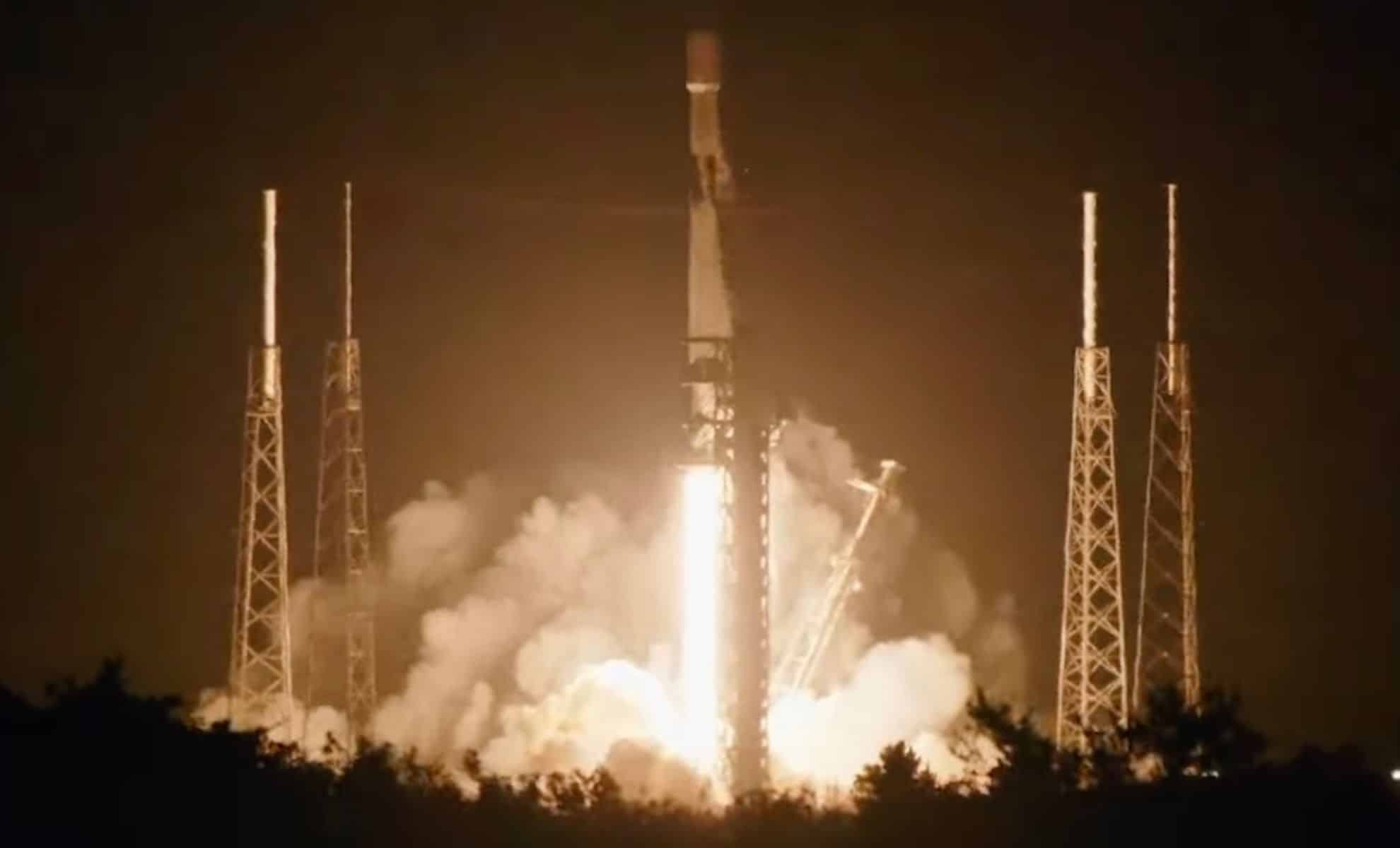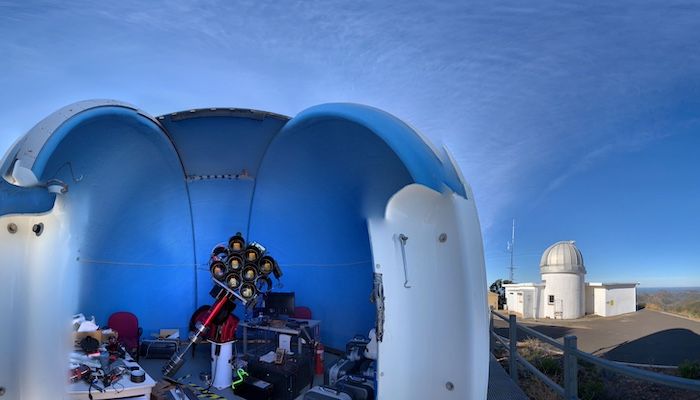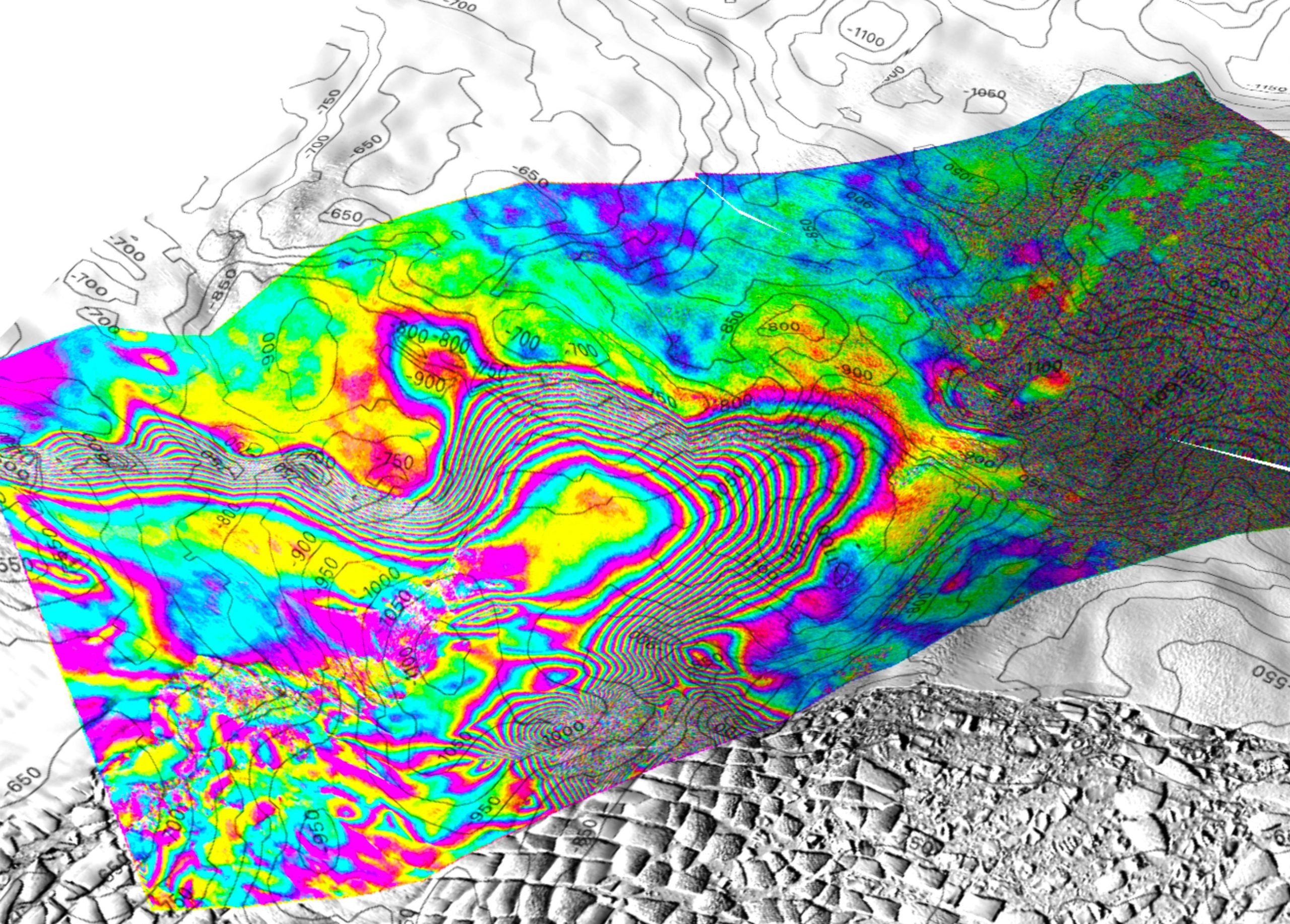ISS astronauts seek shelter in Boeing Starliner and other return spacecraft after satellites disintegrate on June 26
Nine astronauts on the space station briefly moved to their docked return spacecraft late Wednesday (June 26) when a satellite in low Earth orbit disintegrated. The crew of Expedition 71 of the International Space Station (ISS) took off to their three spacecraft, including Boeing Starliner, shortly after 9:00 PM EDT (02:00 GMT), according to a … Read more
